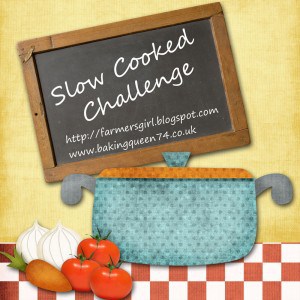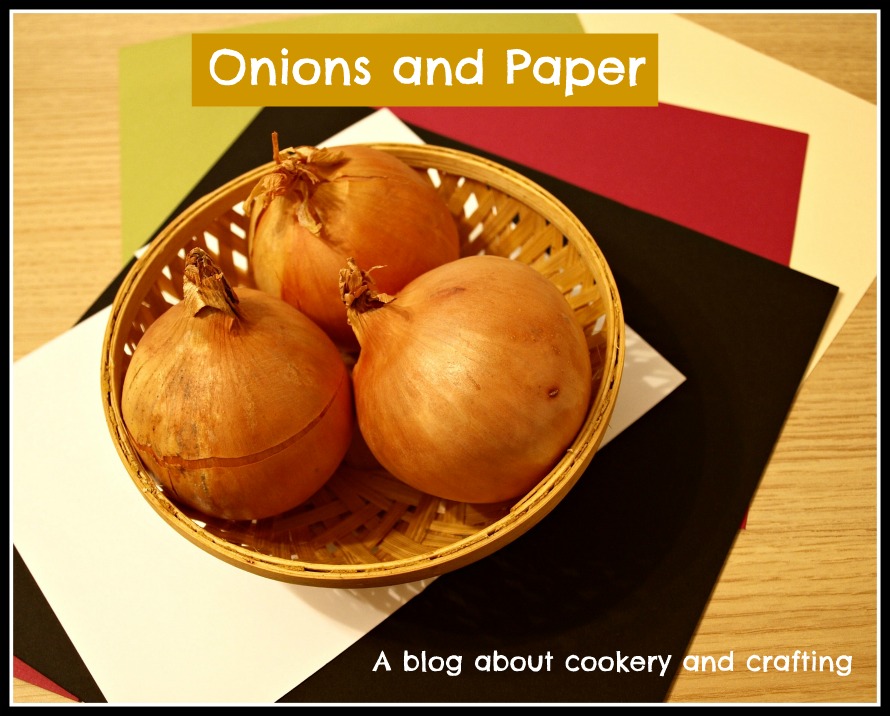When I was a child growing up in the North of England in the 1950s, Halloween was virtually unmarked. There were no trick-or-treaters, no costumes, and no pumpkins. We might carve a turnip (our local name for a swede) into a lantern, and tea might have been followed by a toffee apple, but that’s about as much fuss as we ever made of it. I think the general attitude was “If we can’t live up to the standards of the Lancashire Witches, we just aren’t going to try”.
Instead, all the fuss was made about Bonfire Night, also
known as Guy Fawkes Night on November 5th. And ALWAYS on November 5th
– never the nearest weekend or the first dry night. November 5th it
was, come rain or (moon)shine.
There were no organised firework displays - we all set off a few fireworks in our own
back gardens or went to a bonfire set up by a group of neighbours, taking along
our own fireworks. For weeks before hand, children stood on street corners or
went from door to door with a hand made Guy Fawkes, asking for a “Penny for the
guy”. Those pennies, along with pocket money, went towards buying fireworks.
Every corner shop, sweet shop and newsagent sold them, and there was no law
against children going in to buy them themselves. That meant some of the
naughtier children used to light jumping jacks in the school playground, or
push bangers through the doors of terraced houses that opened directly on to
the street! Needless to say, hospital casualty departments got very busy at
that time of year which is why these days there is an age limit for buying
fireworks and most people prefer the relative safety and spectacle of a big
organised display.
As well as bonfires and fireworks, Bonfire Night was all about
food. The only date in our family calendar apart from Christmas and Easter to
be marked by special dishes, as far as I can recall.
Early in the evening my grandmother would arrive from her
home a few streets away, and I would wait at the window until she was close
enough for me to run to greet her, knowing that her handbag and pockets would
be full of rich, dark treacle toffee, bought from a slab in the sweet shop and
cracked into chunks with a hammer.
Shortly before the fireworks were all used up, Mum and
Grandma would slip into the house to get our meal ready. There would already be
a Lancashire Hotpot in the oven – it would have been there all afternoon. Dad
would keep us busy by allowing us to hold sparklers and showing us how to write
our names in the air with them, while Mum and Grandma prepared mashed carrots
and turnips (swede, of course, probably what had been carved out to make the
lantern five days earlier) accompanied by sliced beetroot – always in the same
glass dish and (to my mind) ruined by being doused in malt vinegar, and a jar
of pickled red cabbage. The smell in the kitchen when we finally came indoors
was wonderful!
The memory of those bonfire nights is what I’ve tried to
recreate here, but first a word about Lancashire Hotpot. In its purest form, it
contains nothing more than lamb, potatoes and onions. In poorer times, the lamb
was bulked out with oysters to save money (!!!!). But when I was a child, my
Mum, like many of her friends, would use whatever meat was to hand, often beef
and occasionally a tin of corned beef. The corned beef version was quite
delicious, I must try to replicate it. Even now, approaching her 90th
birthday, she sometimes replaces the lamb with chicken which is a great way to
make a rather dry supermarket chicken breast moist and tender. She still sticks
to one important rule though – it MUST be cooked in a brown glazed lidded pot.
And she’s right, it really doesn’t taste the same cooked in anything else!
I decided not to call my dish Lancashire Hotpot, as I wanted
to use beef and to try incorporating the carrot, turnip and beetroot into the
dish. In the event, I had an upset tummy and decided to serve the beetroot on
the side so I could just eat a small amount of it, as it often irritates my
stomach and I didn’t want to take any risks. So having strayed so far from
Lancashire Hotpot, here is my recipe for Bonfire Night Hotpot.
Bonfire Night Hotpot (serves 3-4)
350g diced lean stewing beef
1 large onion, thinly sliced2-3 large baking potatoes
300g carrots
300g swede
1 heaped tbs plain flour
seasoning
water
a little lard or butter
Arrange in the casserole: half the carrot and swede,
followed by half the onions then half the potatoes. Now tip out the whole of
the bag of beef, unused flour included, on top of the veg and spread it out
evenly. Then repeat the layers of veg, arranging the top layer of potatoes in
slightly overlapping rings around the top. Pour in cold water to just below the
top layer of potatoes, dot the top with lard (preferably) or butter, cover and
place in the oven to cook for around 5 hours.
Cidered Red Cabbage (serves 4)
1 Bramley apple, peeled, cored and sliced
250ml dry cider
1 tbs balsamic vinegar
1 tbs brown sugar or black treacle

I'm sharing this with the Slow Cooked Challenge at Baking Queen 74 and Farmersgirl Kitchen


1 comment:
Lovely stories, Jane. We did do a Hallowe'en but it was all about 'guising' and 'doing a turn' before you got treats. Bonfire night was much as you describe but I think we had sausages rather than a lovely hotpot like yours. Thanks for joining us for the Slow Cooked challenge
Post a Comment